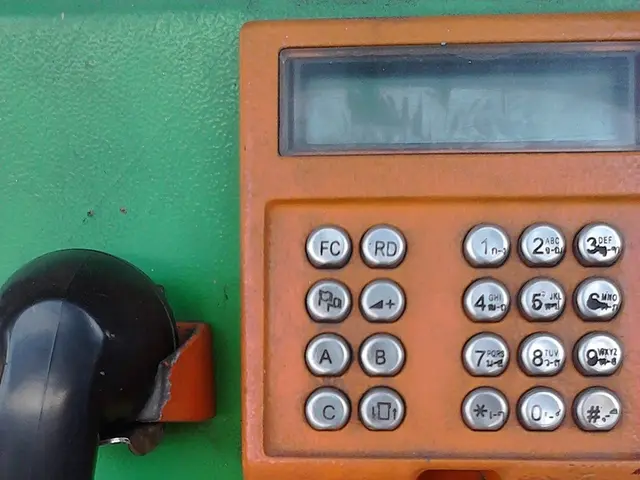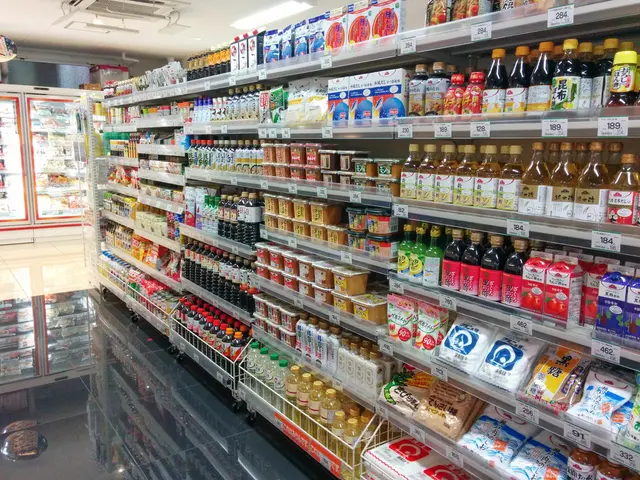Stablecoin transactions in Africa reached a notable 6.7% of the total GDP in the year 2024, according to the International Monetary Fund.
In a recent report, the International Monetary Fund (IMF) highlighted the growing role of stablecoins in international transfers, particularly in regions where traditional banking systems have barriers such as costs and delays.
The data shows that Asia-Pacific and North America had the largest stablecoin flows in absolute terms, with $519bn and $633bn respectively in the region. However, when measured against GDP, emerging markets like Africa lead the way.
North America is the primary net exporter of stablecoins, with $54bn in outflows to other regions in 2024. USDT dominates stablecoin use in various emerging markets, including Africa and the Middle East, while USDC is more prevalent in advanced economies.
In Africa, Tether's USDT dominated stablecoin use, representing 57.3% of flows. Binance was the leading platform for stablecoin transactions involving Africa, processing 74.3% of the region's volume. Coinbase handled 25.7% of stablecoin transactions in Africa.
The high share of stablecoin flows relative to GDP in Africa signifies the growing role of crypto in cross-border transactions, particularly in remittances and trade. The average transaction size in Africa was $13,108.
The key factors driving Africa’s high stablecoin flows relative to GDP, as highlighted by the IMF report, are:
- The use of stablecoins as a dollar substitute in markets with highly volatile local currencies and limited direct USD access through traditional banking, fulfilling a critical currency stability and value preservation role.
- High cross-border transaction volumes, where about 86% of stablecoin flows are international, emphasizing remittances, trade payments, and financial transfers rather than purely domestic activity.
- Significant remittance costs and gaps in conventional banking infrastructure, prompting reliance on stablecoins for cheaper, faster, and more accessible cross-border payments.
- Dominance of major stablecoins USDT (Tether) and USDC (Circle), which together account for 100% of flows in the region, with Binance processing most transactions.
- Strong adoption in leading countries like Nigeria, which accounts for 43% of sub-Saharan Africa’s crypto activity through regulated centralized services that facilitate stablecoin usage, signifying growing formal infrastructure adoption.
- Rapid growth in Over-The-Counter (OTC) markets facilitating large, compliant stablecoin settlements that address liquidity and volatility concerns in local markets, enhancing stablecoins’ utility for institutional and treasury functions beyond retail speculation.
- Support and innovation from global financial firms like Western Union, which are building stablecoin settlement and on/off-ramp products to improve cross-border liquidity and convertibility in African and similar markets.
Together, these factors reflect Africa’s unique economic and financial environment: volatile currencies, underdeveloped banking systems, high remittance needs, and increasing digital infrastructure adoption are fueling stablecoins’ outsized role relative to GDP compared to other regions.
It's worth noting that only 14% of stablecoin flows remained within Africa; most were cross-border. Africa and the Middle East together recorded more than $200 billion in stablecoin activity. The average transaction size in Africa and the Middle East is $13,108, which is significantly smaller than North America's $35,016 but above Asia-Pacific's $11,493.
The report on global cryptocurrency transactions in 2024 analyzed $2 trillion, highlighting the growing influence of stablecoins in the global financial landscape.
Crypto transactions in Africa, particularly stablecoins, play a significant role in cross-border payments, driven by factors like the use of stablecoins as dollar substitutes, high transaction volumes, significant remittance costs, and gaps in conventional banking infrastructure. Tether's USDT dominates stablecoin use in Africa, with Binance processing most transactions. Africa, along with the Middle East, recorded over $200 billion in stablecoin activity, with an average transaction size of $13,108, surpassing Asia-Pacific's average but still significantly smaller than North America's. Despite only 14% of stablecoin flows remaining within Africa, the high share of stablecoin flows relative to GDP indicates the growing role of crypto in the region's financial landscape.




